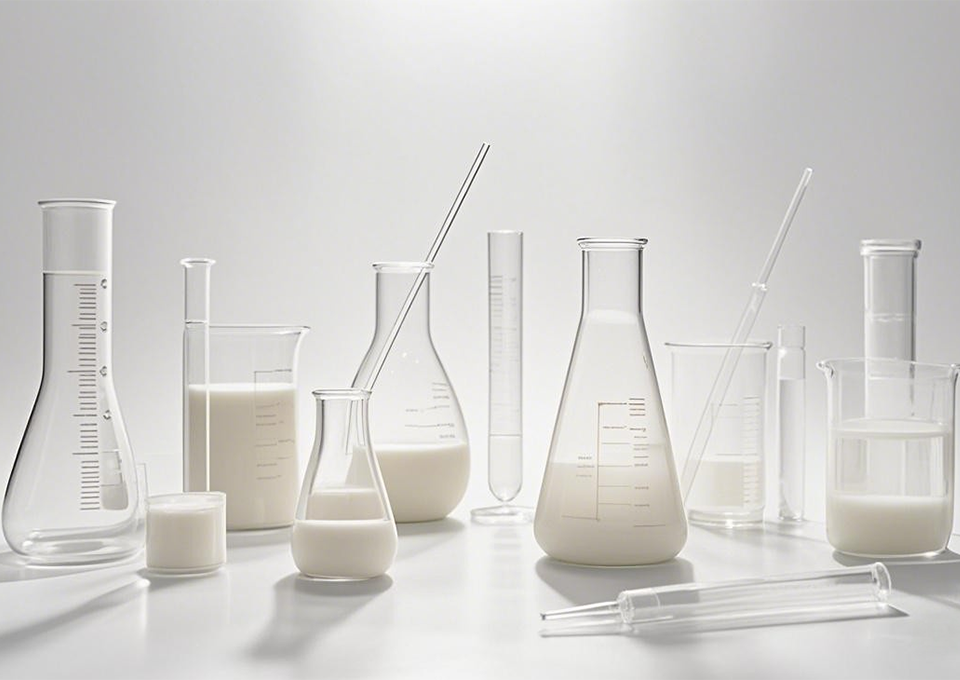Sebbene l'emulsione acrilica venga ampiamente utilizzata in rivestimenti, adesivi e imballaggi, esistono diverse alternative, ciascuna con proprietà uniche adatte a specifiche applicazioni. Un'alternativa comune è l'emulsione di acetato di vinile, che è economica e offre una buona adesione ai substrati porosi, ma in genere presenta una minore resistenza all'acqua e flessibilità rispetto all'emulsione acrilica. L'emulsione stirene-acrilica, un copolimero di stirene e monomeri acrilici, offre una maggiore resistenza chimica e durezza, risultando adatta ai rivestimenti industriali, sebbene possa avere una flessibilità inferiore rispetto all'emulsione acrilica pura. Le dispersioni di poliuretano (PUD) rappresentano un'altra alternativa, offrendo un'eccellente resistenza all'abrasione, flessibilità e impermeabilità, risultando ideali per rivestimenti e adesivi ad alte prestazioni, anche se spesso a un costo maggiore. Le emulsioni a base naturale, come quelle derivate da amido o proteine vegetali, stanno prendendo piede nelle applicazioni ecologiche, sebbene possano presentare limitazioni in termini di prestazioni e durata. Per la E Plus Chemical Co., Ltd., comprendere queste alternative aiuta a evidenziare i punti di forza della propria emulsione acrilica, che, grazie alla tecnologia avanzata di polimerizzazione catalitica, offre un equilibrio tra flessibilità, adesione, resistenza all'acqua ed economicità. L'emulsione acrilica dell'azienda, prodotta con monomeri di elevata purezza come il 2EHA e supportata da una capacità annua di 240.000 tonnellate, si distingue nelle applicazioni che richiedono prestazioni costanti in condizioni diverse, dagli adesivi per cerotti medici agli adesivi per imballaggi, dove le alternative possono risultare insufficienti nel soddisfare specifici requisiti tecnici.
